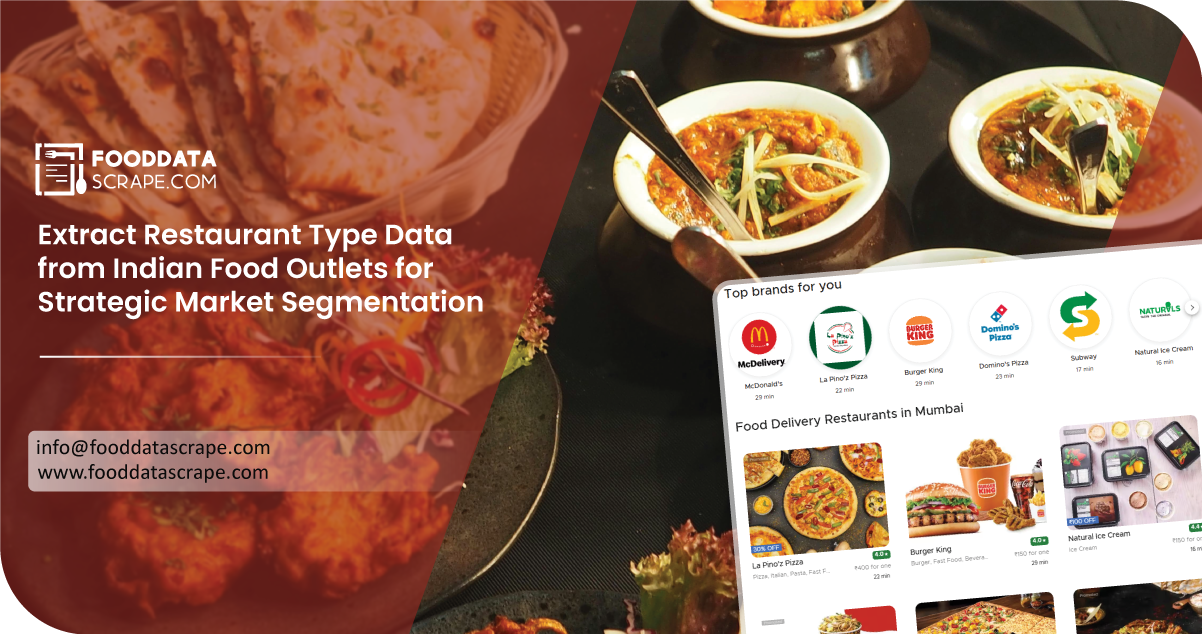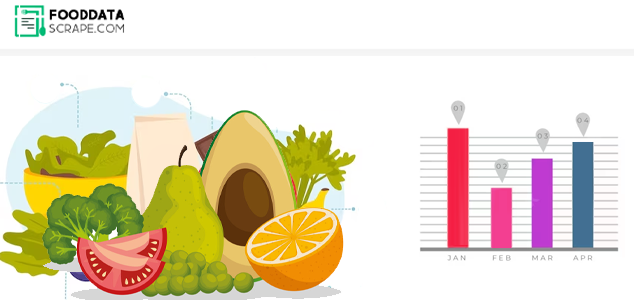The Client
The retail analytics firm client required trustworthy access to BJ's product offerings, prices, and availability for competitive analysis. They wished to Extract Grocery Product Data from BJ's Wholesale Club in real time to improve their pricing models and market intelligence. Manual processes were inefficient and inconsistent, leading them to look for an automated alternative. That was when they engaged with us for seamless BJ's Grocery Product Data API Integration. Our services enabled the client to directly integrate clean grocery product data into their internal systems and dashboards. With scalable and precise extraction, they could track product trends, optimize stock strategies, and provide dynamic pricing insights to customers. By adopting our solution, the customer enhanced efficiency, achieved a competitive advantage, and unlocked the actual potential of BJ's product information for strategic growth.
Key Challenges
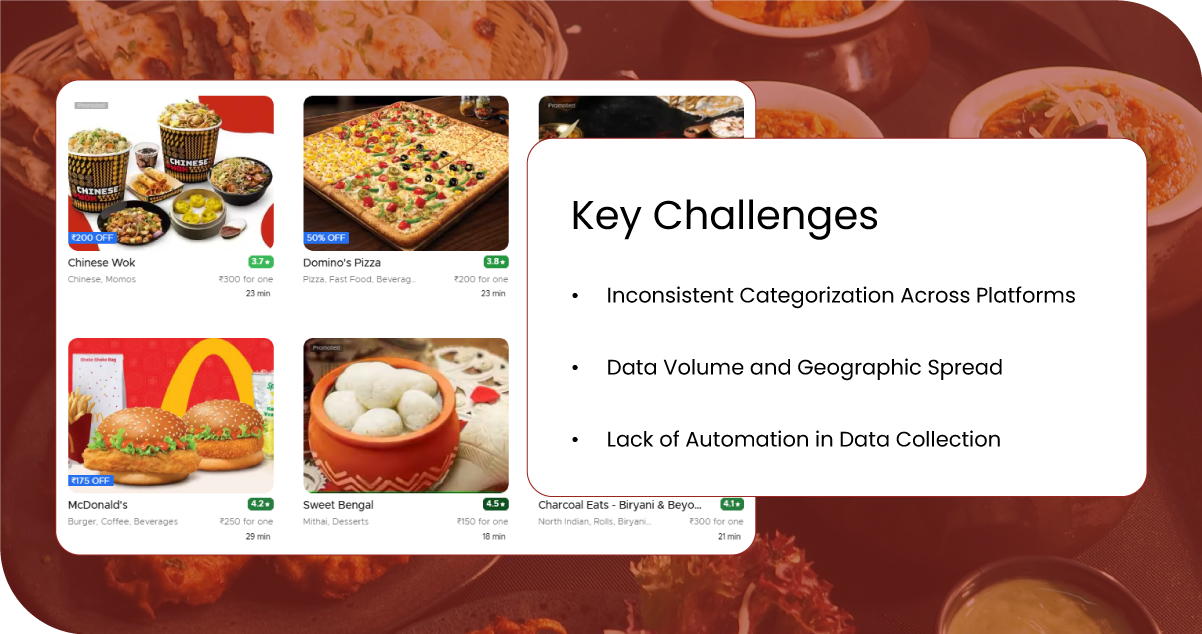
- Inconsistent Categorization Across Platforms: The client faced difficulties with Web Scraping for Indian Restaurant Categorization Data due to inconsistent classification methods across food delivery and review platforms, making it hard to standardize restaurant types for analysis.
- Data Volume and Geographic Spread: Collecting structured data from thousands of outlets in multiple regions was overwhelming. They struggled with Web Scraping Food Outlet Types Across Indian Cities, especially in metro and tier-2 cities where data was scattered and unstructured.
- Lack of Automation in Data Collection: Their internal team relied heavily on manual efforts, which were time-consuming and error-prone. They needed reliable Food Delivery Data Scraping Services to automate the process and ensure timely, accurate insights for their market research reports.
Key Solutions
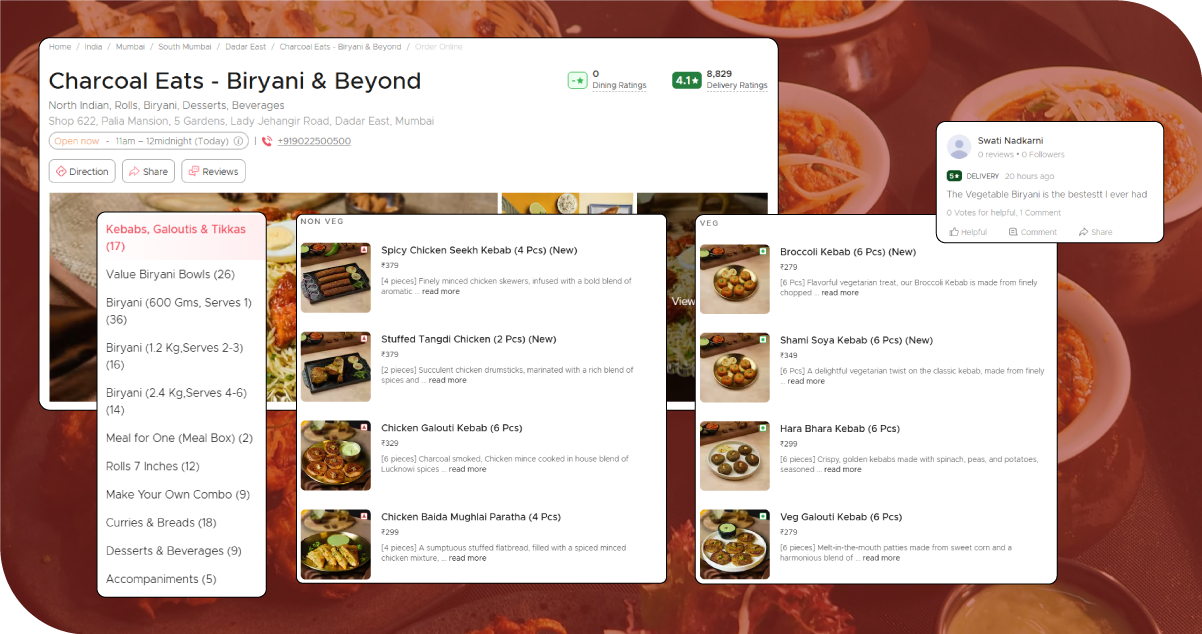
- Automated Menu Extraction: We implemented a custom Restaurant Menu Data Scraping solution that collected detailed information such as cuisine type, menu categories, and pricing across various Indian food outlets, helping the client accurately classify restaurants.
- Real-Time API Integration: Our Food Delivery Scraping API Services enabled seamless and scalable access to updated restaurant and food outlet data from multiple delivery platforms, ensuring consistent and accurate data flow.
- Advanced Categorization & Analytics: Our Restaurant Data Intelligence Services included classification algorithms and dashboards that organized outlets by type, region, and service format—empowering the client with deep market insights and the ability to identify growth opportunities across Indian cities.
Methodologies Used
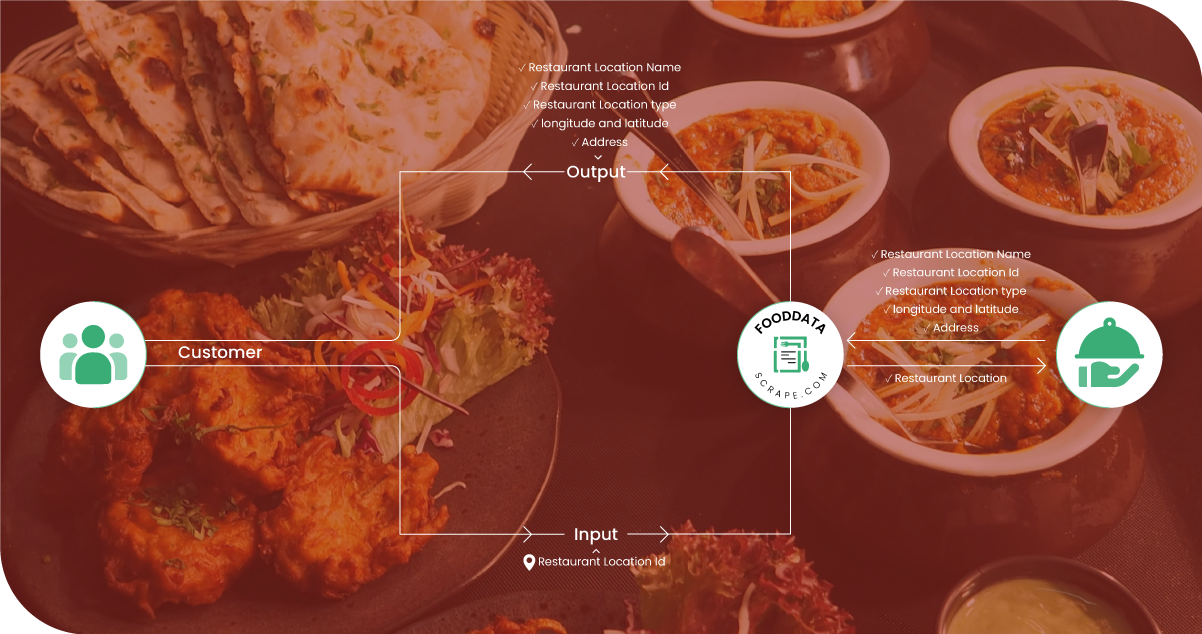
1. Custom Web Crawlers: We developed intelligent crawlers tailored to extract structured data from major food delivery platforms, contributing to rich Food Delivery Datasets , including restaurant types, menus, and locations.
2. Data Normalization Techniques: Our team applied advanced cleaning and standardization processes to ensure uniform classification of restaurant categories, enhancing the usability of the collected data.
3. Real-Time Monitoring: We implemented automated systems to track updates across platforms, maintaining the freshness and accuracy of data used in Food Delivery Intelligence Services .
4. Dashboard Visualization: Using the extracted data, we created a dynamic Food Price Dashboard to help the client compare menu pricing, identify pricing gaps, and monitor city changes.
5. Geo-Tagging & Categorization: We mapped restaurant data geographically and segmented it by type, enabling granular regional analysis and insights.
Advantages of Collecting Data Using Food Data Scrape

1. Custom-Tailored Solutions: We design scraping workflows specific to your business goals, ensuring you get the data you need in the format you want.
2. High Accuracy & Clean Data: Our advanced data cleaning and validation processes guarantee accurate, structured, ready-to-use datasets with minimal noise.
3. Real-Time Data Access: We offer automated systems and APIs for real-time data delivery, keeping your business decisions timely and competitive.
4. Scalable Infrastructure: Whether you need data from 100 or 100,000 sources, our scraping systems scale effortlessly to match your growing demands.
5. Expertise Across Industries: With deep domain knowledge in retail, food delivery, e-commerce, and more, we bring insights and strategies beyond data collection.
Client’s Testimonial
"Partnering with this team has significantly boosted our market intelligence efforts. Their scraping solutions provided us with clean, categorized restaurant data across multiple Indian cities—something we struggled to gather internally. The accuracy and speed of their delivery helped us make quicker decisions and refine our targeting strategies. Their support team is knowledgeable and responsive, making the whole process seamless. "
—Head of Consumer Insights, Global Food Market Analytics
Final Outcomes:
The client significantly improved data accessibility and decision-making by leveraging our advanced scraping services. With detailed and structured restaurant-type data from across India, they were able to segment the market more effectively, refine their competitor analysis, and identify emerging food trends. The automated data pipeline reduced manual effort and turnaround time, allowing their research team to focus on strategy. Our services enabled them to visualize pricing, categorize food outlets, and confidently explore new expansion opportunities. The client gained a competitive edge through enriched insights, streamlined operations, and enhanced market intelligence powered by real-time, accurate data.






















































































